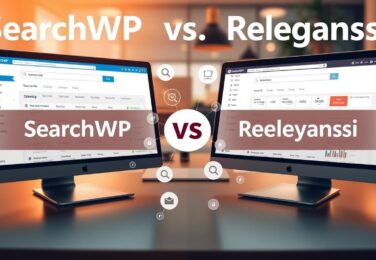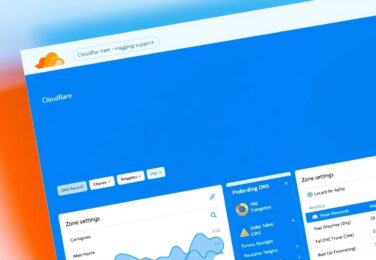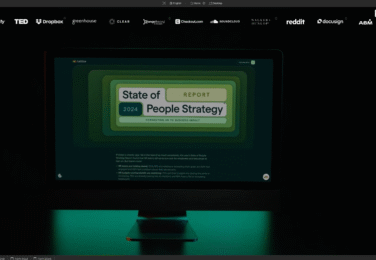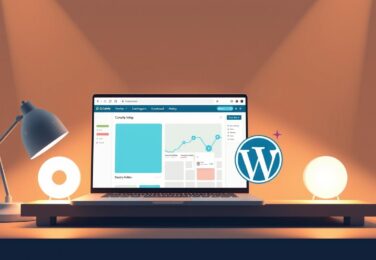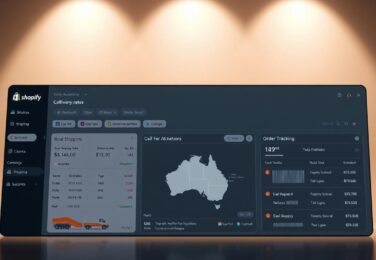LLM Visibility – How do you measure the impact?
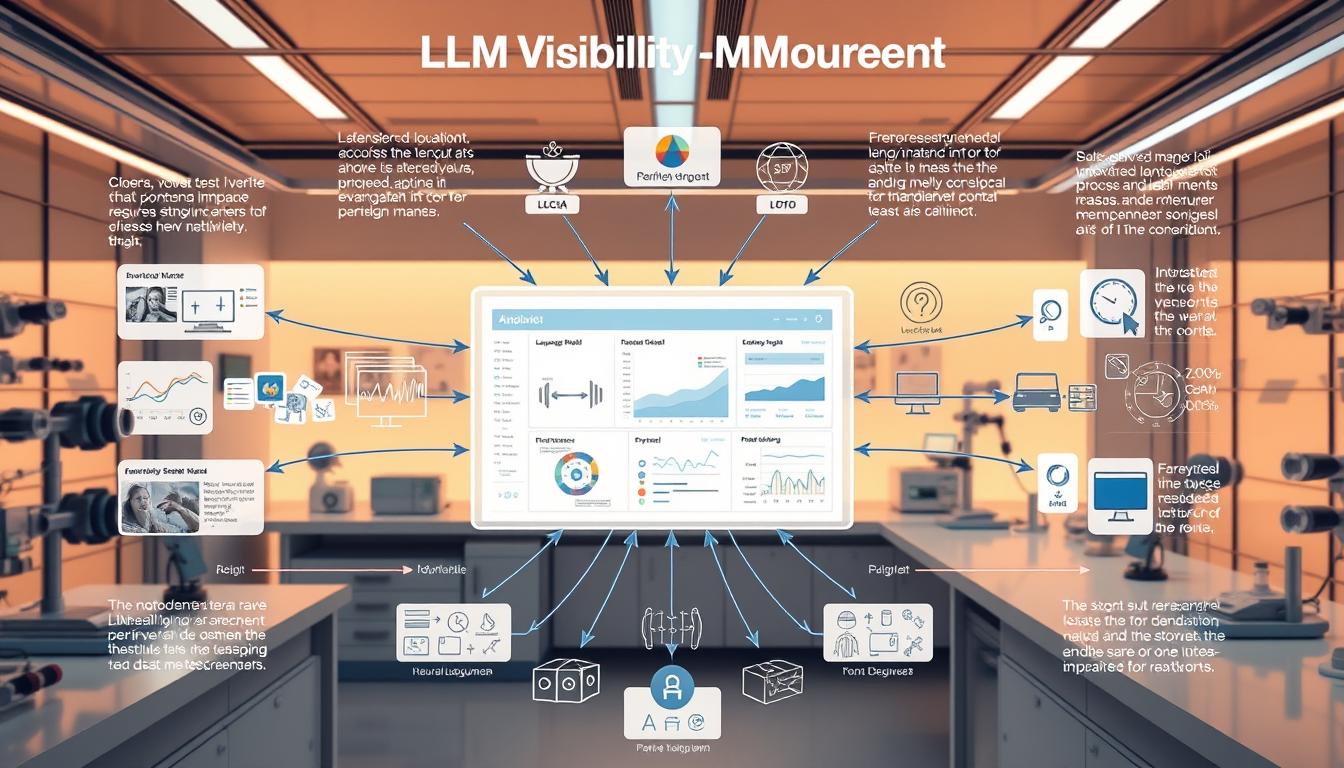
Table of Content
Sarah, a partner at a Melbourne law firm, bought new legal tech. Her team was eager, but three months later, she was in a board meeting. She was asked: “How’s our new system actually performing?”
She found out she couldn’t measure the tool’s real impact. This is a common problem in Australian legal firms.
Measuring llm success is more than just numbers. It’s about seeing how these tools change your legal work. Many firms find it hard to show the real effect of their tools.
We’ve created detailed ways to track how well these tools work and their business results. This guide will help you switch from guessing to knowing how your system is doing.
Key Takeaways
- Measuring legal technology impact requires more than basic usage statistics
- Many Australian firms struggle with quantifying real business outcomes
- Comprehensive frameworks track both technical and practice performance
- Data-driven insights replace vague assumptions about system performance
- Clear ROI demonstration is crucial for stakeholder confidence
- Informed decisions guide future technology investments in legal practices
Why Measuring LLM Impact Isn’t Just Nice-to-Have
Many Australian legal practices find out too late that measuring LLM impact is crucial. They see that tracking is not just optional but essential. Without it, they struggle to show the value of their investments to their executive teams.
Without clear metrics, you’re flying blind with your AI. How can you ask for more budget or expand your system without solid data to back you up?
“What gets measured gets managed – and what gets managed delivers results.”
Measuring your LLM turns it from a cost into a strategic asset. By showing how it improves case preparation and research, you build a strong business case.
Here are the key benefits of measuring your LLM:
- Budget justification becomes based on data, not guesses
- System optimisation happens based on real usage patterns
- Team adoption grows when benefits are clear
- Client satisfaction goes up with measurable service improvements
We help Australian legal practices set up measurement frameworks that match their specific areas. This way, your tracking supports your business goals without adding extra work.
| Measurement Aspect | Without Tracking | With Proper Measurement |
|---|---|---|
| Budget Decisions | Based on assumptions | Data-informed allocations |
| System Improvements | Reactive fixes | Proactive enhancements |
| Team Training | Generic programs | Targeted skill development |
| Client Reporting | Qualitative claims | Quantifiable results |
The right measurement approach actually reduces administrative work over time. Automated tracking systems give ongoing insights without manual data collection.
For legal professionals aiming for legal career advancement, mastering LLM measurement shows strategic thinking and technical leadership. These skills make you stand out as someone who knows both legal practice and technology.
We’ve created Australian-specific benchmarks that fit our local market and rules. This local approach makes sure your measurement framework matches real practice, not just general ideas.
Effective measurement isn’t about extra work – it’s about building a sustainable AI strategy that brings value year after year. This foundation supports meaningful legal career advancement and boosts firm-wide efficiency.
Defining LLM Success Beyond Technical Metrics
Technical metrics only tell part of the story when evaluating legal LLM effectiveness. True success comes when these tools improve legal practice.
Australian legal professionals need unique assessment methods. This reflects our special working environment. We look beyond just speed and accuracy.
The Australian Legal Sector’s Unique Measurement Needs
Our legal landscape needs special evaluation approaches. Australian practices follow unique regulatory frameworks.
Local privacy laws and professional conduct rules are key. They shape how we measure LLM success.
It’s crucial for LLMs to work well with existing systems. They should improve workflows, not disrupt them.
Legal LLMs must show value in precedent research and contract analysis. These areas need special measurement.
Balancing Quantitative and Qualitative Success Indicators
We suggest a balanced scorecard approach. It combines data with professional insights. This mirrors postgraduate study success evaluations.
Quantitative metrics give us essential baseline data:
- Time saved on document review and research tasks
- Number of documents processed efficiently
- Reduction in manual research hours
Qualitative indicators give a fuller picture:
- Lawyer satisfaction with AI-assisted work quality
- Client feedback on technology-enhanced services
- Improvements in overall work product standards
This dual approach mirrors law degree achievement assessments. Both technical skills and professional judgment are crucial.
The most successful implementations balance numbers with human experience. This gives a full view of LLM impact on legal practice.
Essential KPIs for LLM Performance Tracking
Tracking LLM performance is more than just numbers. We help Australian organisations set up detailed frameworks. These capture both numbers and quality impacts. They show how your legal AI tools add real value to your business.
Accuracy and Reliability Benchmarks
Legal work needs top-notch precision. We set up accuracy benchmarks for different legal areas. We track things like citation accuracy and error rates in document analysis.
What’s considered accurate changes with the task. We help firms set targets that push them to get better. This is like the milestones in a master of laws accomplishment program.
Our reliability metrics look at how consistent LLMs are across different cases and documents. We check how they handle complex legal terms and Australian laws.
Efficiency Gains and Productivity Metrics
Measuring how LLMs improve legal workflows is key. We track how much time lawyers save and how fast they review documents. We also look at how much routine work is automated.
These metrics show how LLMs free up lawyers’ time for more important tasks. We’ve seen Australian firms boost productivity by 30-50% in certain areas.
Our productivity tracking includes:
- Time saved on legal research per case
- Document processing speed improvements
- Reduction in manual review requirements
- Automation rate for standard legal documents
Cost-Benefit Analysis for Australian Organisations
We do detailed cost-benefit analyses for Australian firms. We look at software costs, training, and savings on external services.
The analysis covers direct costs and indirect benefits. This includes better client retention and legal outcomes.
We help firms see when their LLM investment pays off. Our method gives you a full view of your AI’s financial impact.
This strategic approach is a big master of laws accomplishment in legal practice today. It turns AI into a measurable business asset.
User Adoption: The Human Element of LLM Success
Technical performance metrics only tell part of the story. The true measure of any large language model’s success lies in how people actually use it in their daily work. We focus on understanding human interaction patterns because adoption drives real business value.
Unlike casual chatgpt usage, professional legal AI tools require consistent integration into workflows. We help Australian firms track meaningful engagement rather than superficial experimentation.
Usage Patterns and Engagement Metrics
We monitor how legal professionals interact with LLM tools throughout their workday. Key metrics include:
- Daily active users across different practice areas
- Feature utilisation rates for specific legal tasks
- Session duration and frequency patterns
- Integration with existing legal software platforms
These indicators reveal whether AI tools are becoming essential workflow components. We identify adoption barriers and develop targeted strategies to increase meaningful engagement.
User Satisfaction and Feedback Mechanisms
Beyond simple satisfaction scores, we implement structured feedback systems that capture detailed insights. Our approach evaluates:
- Output quality and relevance to legal contexts
- Interface usability for time-pressed professionals
- Integration effectiveness with practice management systems
- Training adequacy and ongoing support needs
We’ve found that regular feedback cycles, similar to how Google refines its google ai mode offerings, drive continuous improvement in legal AI tools. This iterative approach ensures tools evolve with user needs.
Our feedback mechanisms include structured surveys, focus groups, and direct user interviews. We gather specific insights about what works well and what needs refinement, creating a responsive improvement cycle.
Connecting LLM Usage to Tangible Business Outcomes
Australian businesses want to see how LLMs help their bottom line. We guide them to show the actual financial impact and how things get better.
Revenue and Business Development Impact
We’ve helped Australian legal firms see how LLMs boost their income. Our method links AI help to real business growth.
Important signs of success we watch include:
- More cases handled and more work done
- Happy clients stay longer
- Winning more pitches and tenders
- Getting things done faster
In Melbourne, one firm saw 15% more new clients thanks to LLM. It made them quicker and more ready for pitches.
Operational Efficiency and Cost Reduction
Australian companies save money by using LLMs smartly. We track these savings with clear numbers.
Places where we see big improvements:
- Less money spent on outside help
- Cheaper documents and writing
- Less overtime and work late
- Smarter admin work
We’ve seen firms cut costs by 20-30% in research areas. This keeps their quality high and makes them stronger in the market.
Our tools help show how LLMs lead to quick cost cuts and long-term gains.
Technical Performance: The Foundation of Measurement
Australian companies need strong technical performance benchmarks for their LLM systems before measuring business outcomes. We assist in building this foundation by focusing on key technical metrics. These metrics show if an LLM can support daily legal tasks.

Response Times and Latency Benchmarks
Australian legal professionals have different timing needs. Some tasks can wait a few seconds, while others need quick answers.
We help set the right latency targets for each firm’s needs. For example, document review apps should respond in under two seconds. Real-time client tools need responses almost instantly.
We keep an eye on how well the LLM meets these targets. We look at average response times and how consistent they are. This makes sure the LLM works well in real-world tasks, not just in theory.
Uptime and Reliability Tracking
System uptime is crucial for Australian legal practices. Even short outages can harm case preparation and client service.
We monitor system uptime closely, knowing how important it is. Our monitoring looks at more than just uptime. It also checks performance during busy times and how fast systems recover from outages.
Our reliability framework includes:
- 24/7 system availability monitoring
- Peak usage performance metrics
- Incident response and recovery timing
- Historical reliability trend analysis
This ensures Australian legal firms can keep services running smoothly. They also get a clear view of their LLM’s reliability.
Overcoming Common Measurement Challenges
Australian businesses using LLMs often face measurement hurdles. These obstacles make it hard to see the real impact. It’s tough to decide if investing more is worth it or if you need to tweak your AI plan.
Attribution and Causation Difficulties
Figuring out if good results come from your LLM can be really hard. Many things affect business outcomes at the same time. This makes it tricky to say for sure what’s working.
We guide companies to set up controlled tests. This way, you can see the difference before and after using LLMs. We track specific metrics to help you understand the impact.
Our method lets you link better performance to your AI investment. If you’re struggling with proving the value of your LLM, our team at hello@defyn.com.au is here to help.
Data Integration and Quality Issues
Many Australian businesses deal with data systems that don’t talk to each other well. This leads to gaps in measurement and incomplete views of performance.
We fix this by building integrated data systems. Our focus is on quality data and following Australian privacy laws.
Good data handling means you can measure accurately without risking security or breaking rules. If data integration problems are holding you back, contact hello@defyn.com.au for custom solutions.
These problems might seem overwhelming, but they can be overcome. With the right tools, you can show the real value of your LLM. This helps guide future improvements.
Building Sustainable Measurement Frameworks
Creating effective measurement systems is more than just initial assessments. We assist Australian organisations in developing frameworks that grow with their LLM implementations. This ensures long-term success, not just temporary insights.

Continuous Monitoring Strategies
Our method involves integrating measurement into daily operations. We set up automated data collection systems. These systems capture performance metrics without manual effort.
Regular reporting cycles keep stakeholders updated on LLM performance trends. We also have alert systems that notify teams about performance issues early. This stops small problems from getting bigger.
These strategies turn measurement into a continuous practice. Organisations can adjust their LLM usage based on real performance. This optimises their investment over time.
Benchmarking Against Australian Industry Standards
Raw data only tells part of the story. We offer benchmarking services that compare your LLM results against Australian legal industry standards. This shows if your performance is top-notch or needs work.
Our benchmarks consider several key factors:
- Firm size and resource availability
- Practice area specialisation requirements
- Technology infrastructure capabilities
- Regional market conditions across Australia
This analysis helps set realistic performance goals. You’ll see how your LLM implementation compares to others. This reveals your strengths and areas for growth.
We help you use these benchmarks to make smart decisions. You’ll know how to allocate resources, what training is needed, and when to upgrade technology. This ensures your framework leads to action, not just data collection.
When to Seek Expert Guidance for Your LLM Measurement
Knowing when to call in specialists is crucial for LLM measurement success. Some situations clearly show it’s time for professional help.
Australian organisations often struggle when their measurement efforts don’t give clear insights. If you’re collecting data but can’t use it to improve, expert guidance can help.
Another key moment is when you need to justify big AI investments to partners or stakeholders. Professional measurement frameworks give the evidence needed for these talks.
Expanding your LLM capabilities also needs expert help. Scaling without the right measurement foundations can waste resources and miss opportunities.
Our team supports you in many ways, including:
- Customisation challenges with existing measurement tools
- Implementation roadblocks preventing effective tracking
- Interpreting complex data patterns for Australian legal contexts
- Aligning measurement approaches with industry-specific requirements
Professional support helps you avoid common pitfalls and speeds up your measurement maturity. You learn from established best practices instead of making costly mistakes.
Our team at hello@defyn.com.au has a lot of experience with Australian legal AI projects. We know the unique measurement challenges local organisations face and offer tailored support.
If you’re facing customisation or implementation issues, don’t hesitate to reach out. We turn measurement challenges into clear, actionable paths for LLM success.
Conclusion
Measuring LLMs makes them go from just being tried out to being a key part of your strategy. We look at how well they work and the results they bring to your business. This way, Australian legal teams can get the most out of their AI.
Tracking LLMs well helps you stay ahead in the market. It’s a continuous effort. As your AI and business goals grow, so does your tracking.
Need help with customising AI or setting up your tracking plan? Our team is here to help. Email us at hello@defyn.com.au for expert advice. We aim to make your AI journey clear and confident.

